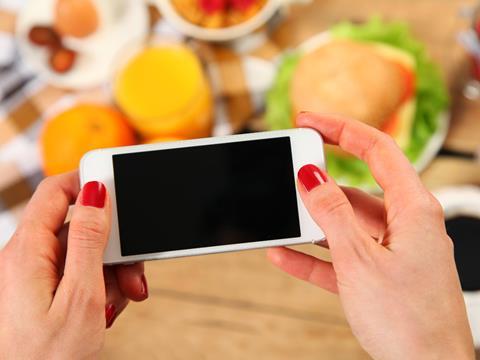
If you haven’t touched your iPhone for 10 minutes, well done! I bet you have, though. We are obsessed. For many people it’s the first thing they touch in the morning and the last thing they touch at night. Meanwhile the poor telephone sits alone in the corner of the room, wondering if anyone will whisper sweet nothings into it ever again.
Anyway, who cares about those old telephones, they only ring to talk about a car accident you never had. The iPhone is 10 years old today, and what a decade it’s been. Although maybe we should broaden it out to ‘smartphone’ in order not to upset the Android geeks.
To be fair, the iPhone wasn’t even the first smartphone, although everyone knows it’s comfortably the best smartphone there is. Anyway, we can all agree the smartphone has enhanced our lives. From checking the weather to hailing (and paying) for a cab, it’s become indispensable. But the biggest differences are how we generate and consume media, and the way we shop for stuff – including food and drink.
Customer interactions
In terms of media, the combination of a smartphone camera and social media apps allowed us to take and publish pictures of our food before we eat it because everyone else is very interested to see it. They also brought friends together and introduced us to loathsome trolls tapping out tweets. And almost every supermarket and every fmcg brand is on Facebook, Twitter and Instagram (at least) where they combine customer interactions with promotional messaging, sell stuff, and occasionally flirt with disaster.
But while traditional print media wrestle with the revenue challenges posed by an abundance of free digital content before what many predict will be certain death, the situation for grocery retail is more positive.
While online grocery is increasingly popular, profits remain elusive. But the fmcg industry has embraced the smartphone in many other ways. From QR codes, augmented reality and mobile payments to beacons pinging relevant coupons, in-store navigation apps, price comparisons in the aisle and scan and shopping apps, grocery loves the supercomputer in your pocket almost as much as you do.
As the sophistication of smartphones increases, and the fmcg industry improves how it interacts with them, and therefore their customers, the possibilities are exciting.
However, a smartphone in every supermarket shopper’s pocket isn’t without drawbacks.
For instance, a time-rich shopper who baulks at paying full price for their leg of lamb in Tesco has long been able to quickly discover Morrisons has it on half-price with a few taps. The proximity of supermarkets in the UK combined with the age of austerity means saving £10 is enough motivation to ditch the trolley and head there instead.
Still, that’s a tiny proportion of shoppers. And although an individual supermarket loses, another wins, so the industry as a whole doesn’t need to panic like a nomophobe watching their cab trundle off while they frantically pat their pockets.
Supermarket’s scan and shop app
Besides, there are many more positives to focus on. Screenagers don’t look at much else, so how else to target them as they become your next customers? And every store needs free wi-fi for many reasons, not least to encourage customers to linger in their cafés while they idly swipe and scroll, or to make cheerful wine suggestions, depending on whether the shopper just bought a chicken or a rib of beef using the supermarket’s scan and shop app (which also gently nudges the same shopper up from plonk to Pomerol).
All that’s required is judicious use to ensure customers don’t get irritated by a rush of notifications. AI monitoring of individual uptake data is all that will take to get right. So who knows what the next decade will bring? But if it’s as much fun as the last 10 years, bring it on.




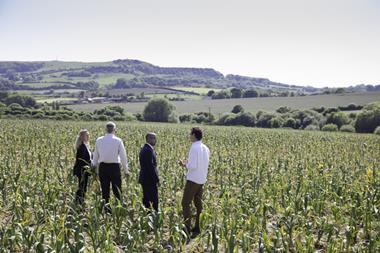
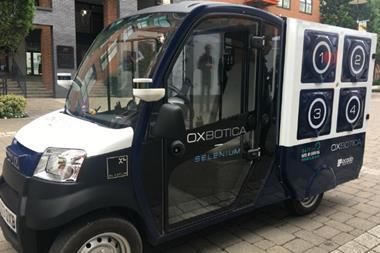

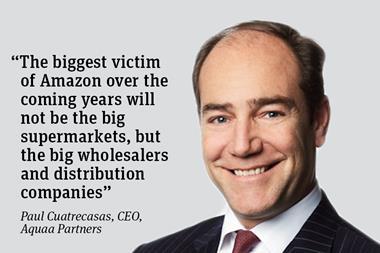
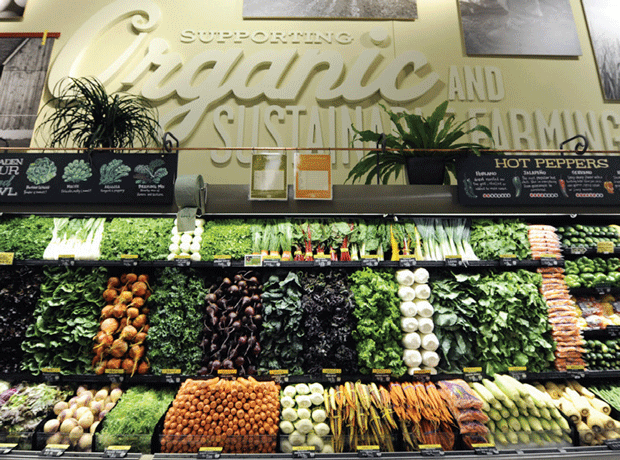
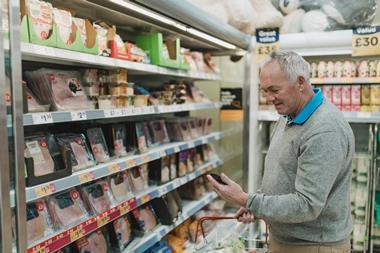


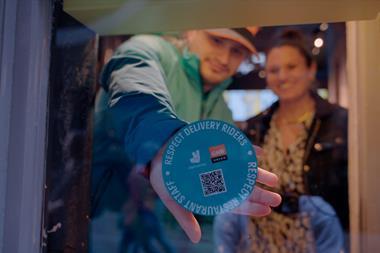

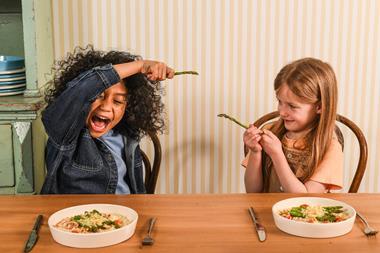
No comments yet